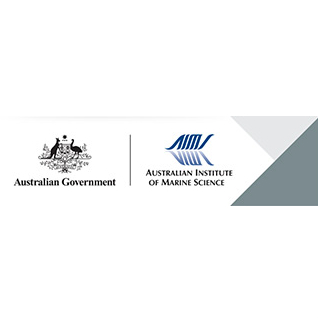Full description
The abundance, species richness and assemblage structure of juvenile fishes was quantified in 2009- 2011 at 20 locations extending from Bundegi to 3-Mile Camp, some 280km of the Ningaloo coastline. Within locations, both back reef and lagoonal reef zones were censused that encompassed sanctuary and recreational management zones. In total, 691 transects yielded 36,791 juvenile fishes from 120 species over the three recruitment years providing an average of 53 individuals (± 2.6 se) 30m-2 transect or 1.8 m-2.This study measured annual fish recruitment rates at Ningaloo Reef using underwater visual census (UVC) based on 30 x 1 m transects for 2009 - 2011. Belt transects of this size were found to have the highest level of precision, were logistically simple to use and therefore able to cover larger areas within the same time frame. In addition to trialling these techniques, extensive comparisons were also initially made on the consistency of inter-observer estimates of habitat characterisation, fish size and abundances to provide an understanding of the challenges that might present themselves in the transition towards an ongoing long-term monitoring program.
Lineage
Maintenance and Update Frequency: asNeededNotes
CreditDepczynski, Martial, Dr (Principal Investigator)
Modified: 15 08 2025
text: westlimit=112.99; southlimit=-23.76; eastlimit=114.16; northlimit=-21.47
- global : 963d2acd-0a19-441c-bde1-4150e14b2e77


